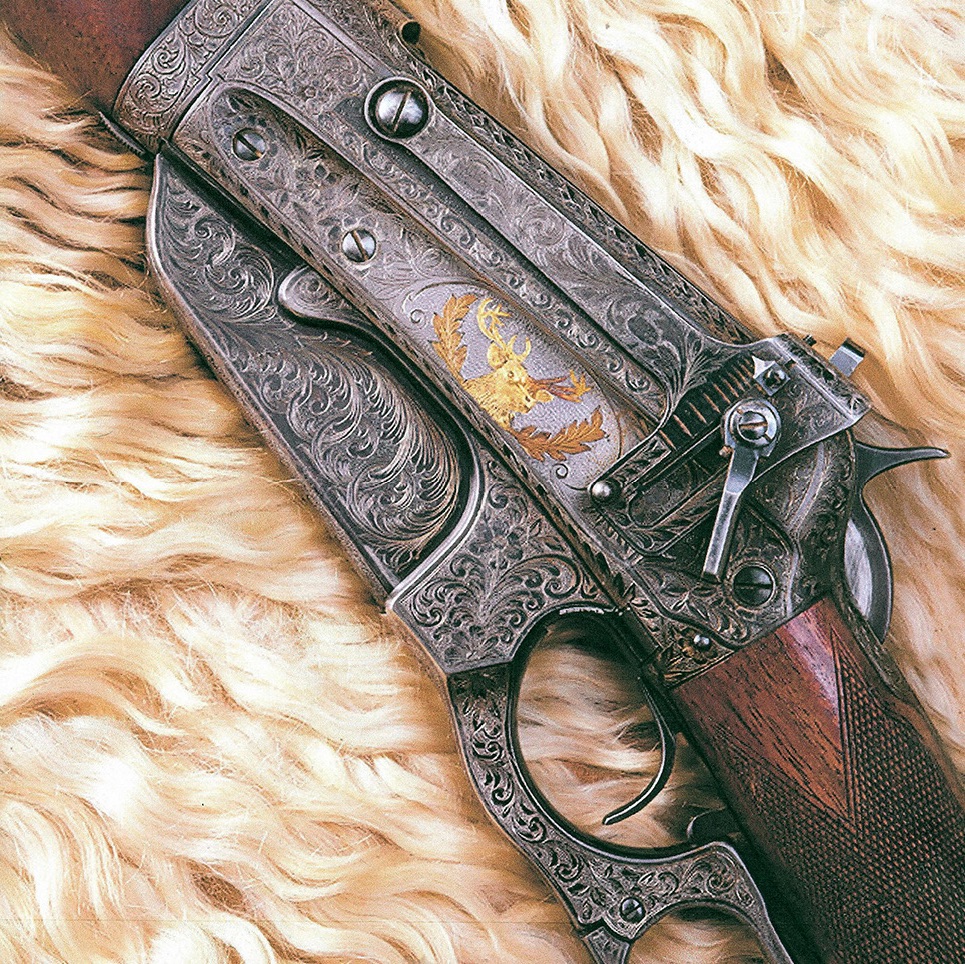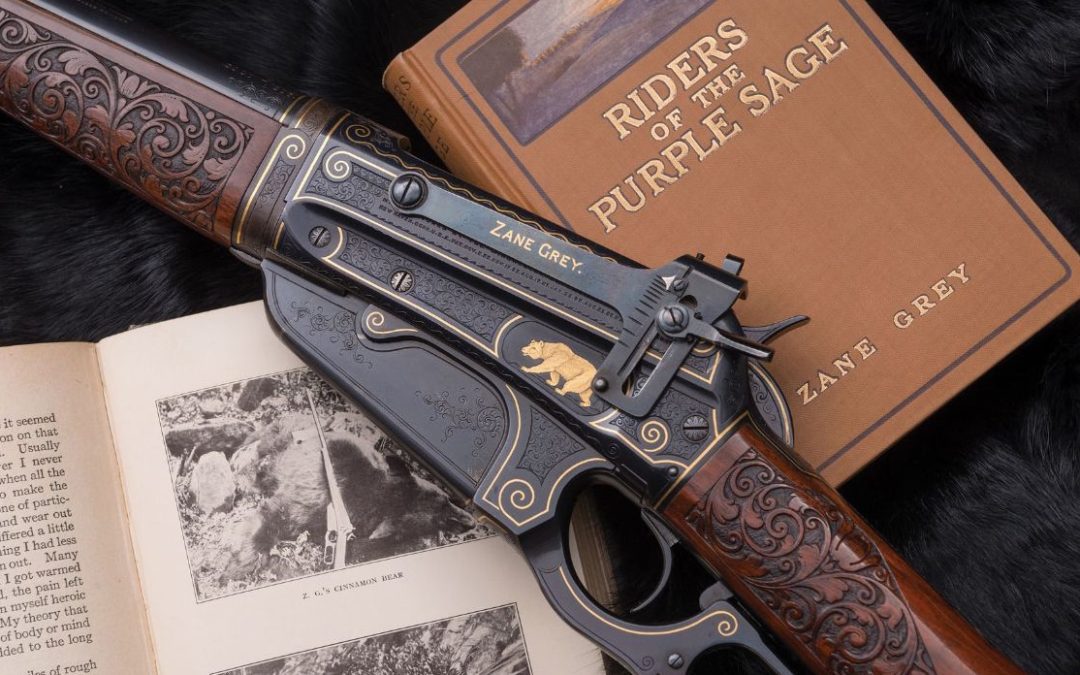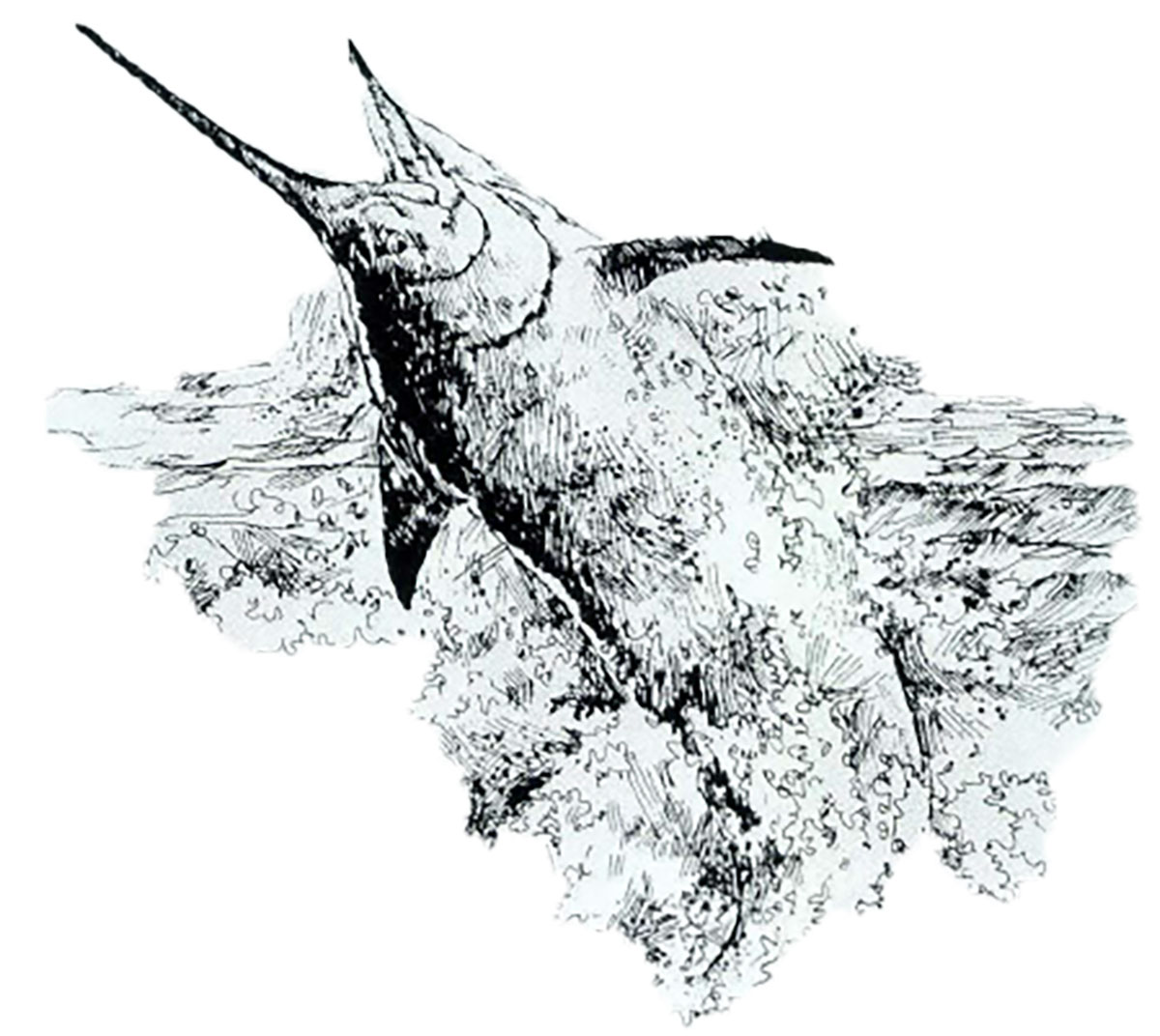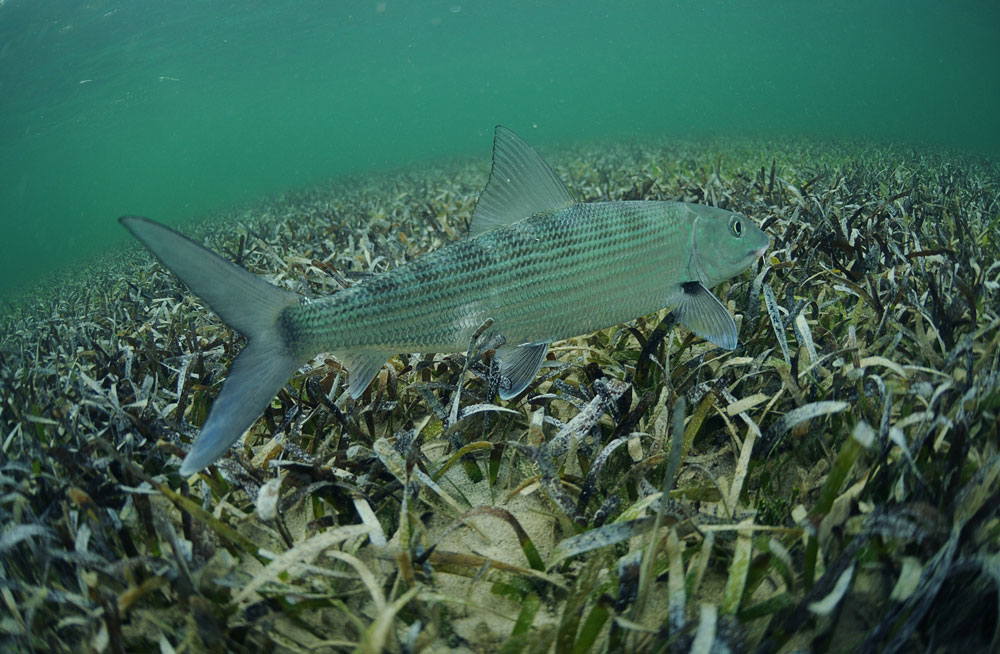The Rim, which is now home to a flourishing elk population, was a favorite bear and turkey hunting ground for the celebrated author Zane Grey. Grey hunted there for most of a decade with Model 1895 Winchesters in 30-’06. In the 1986 book Tales of Lonely Trails, Grey touched on the rifles and equipment he used for his annual fall hunt in Arizona in 1919:
“I had the fun of ordering tents and woolen blankets, and everything we did not have on our 1918 trip. But owing to the war it was difficult to obtain goods of any description. To make sure of getting a .30 Gov’t Winchester, I ordered from four different firms, including the Winchester Co. None of them had such a rifle in stock, but all would try to find one.
“The upshot of this deal was that, when after months I despaired of getting any, they all sent me a rifle at the same time. So I found myself with four, all the same caliber of course, but of different style and finish. One was beautifully engraved and inlaid with gold—the most elaborate .30 Gov’t. the Winchester people had ever built. Another was a walnut-stocked shotgun butted fancy checkered take-down. The third was a plain ordinary rifle with solid frame. And the last was a carbine model.”
Grey’s use of the venerable ’95 Winchester in the justly popular 30-’06 eventually came to the attention of the Winchester Repeating Arms Company and, in 1924, the legendary gunmaker presented Grey with yet another rifle, a fabulously engraved and gold inlaid ’95.
Some time later, Grey gifted his 1919-received gold-engraved Winchester to his longtime hunting companion Sievert Nielsen. Nielsen, then, apparently left the ’95 Carbine with Arizona guide Babe Haught and simply disappeared, perhaps into the wilds of Alaska.
“Sievert Nielsen from Zane Grey” is the inscription on the ‘95 Winchester held by Tommy Hunt when I met him near Parks, Arizona, on the edge of Grey’s Tonto Rim. Hunt had inherited the Winchester rifle from Haught, his great grandfather, who was Grey’s guide in the rugged canyons and forests along the rim near Payson, Arizona.
Very little is known about Sievert Nielsen except this laconic account by Grey that appears in Tales of Lonely Trails:
“My companion on this trip (into Death Valley in March 1919) was a Norwegian named Nielsen. He was a man of about thirty-five, of magnificent physique, weighing about one hundred and ninety, and he was so enormously broad across the shoulders that he did not look his five feet ten. He had a wonderful head, huge, round, solid, like a cannon ball. And his bronzed face, his regular features, square firm jaw, and his clear gray eyes, fearless and direct, were singularly attractive to me. Well educated, with a strange calm poise, and a cool courtesy, not common in Americans, he evidently was a man of a good family, by his own choice a rolling stone and adventurer.
“Nielsen accompanied me on two trips into the wilderness of Arizona, on one of which he saved my life, and on the other he rescued all our party from a most uncomfortable and possibly hazardous situation.”
Zane Grey and members of his party enjoyed successful hunts for turkey, deer and bear, leaving alone the recently introduced Rocky Mountain elk, which were struggling to fill habitat emptied of Merriam’s elk by overhunting in the previous century. Grey summed up his atavistic philosophy about hunting in Tales of Lonely Trails:
“Stealing through the forest or along the mountain slope, eyes roving, ears sensitive to all vibrations of the air, nose as keen as that of a hound, hands tight on a deadly rifle, we unconsciously go back. We go back to the primitive, to the savage state of man. Therein lies the joy. How sweet, vague, unreal those sensations of strange familiarity with wild places we know we never saw before! But a million years before that hour a hairy ancestor of ours felt the same way in the same kind of place, and in us that instinct survives.
“That is the secret of the wonderful strange charm of wild places, of the barren rocks of the desert wilderness, of the great-walled lonely canyons. Something now in our blood, in our bones once danced in men who lived then in similar places. And lived by hunting!”

This ’95 was one of four rifles Winchester presented to Zane Grey.
The spectacular ’95 Winchester presented by Winchester to Grey in 1924 was a featured firearm in Rock Island’s Premier Auction, September 6-8. Master engraver John Ulrich turned to gold in creating this one-of-a-kind masterpiece. The rifle is strikingly decorated with gold wire borders and accents, three depictions of animals and even Zane Grey’s name in gold. Originally valued at $335, the rifle was expected bring somewhere between $175,000 and $325,000 at the auction. It sold for an incredible $345,000 at Rock Island’s September Premier Auction.
For its September sale, the auction house counted more than three million video views with bids coming in from all 50 states and 20 countries. The three-day sale realized $18 million in sales, including $1,035,000 for the last martial Colt Walker. In addition to its immense Colt significance, the revolver was in excellent condition, especially for a military issued model. Another museum–worthy piece, a Winchester 1876 Centennial, sold for $431,250.




